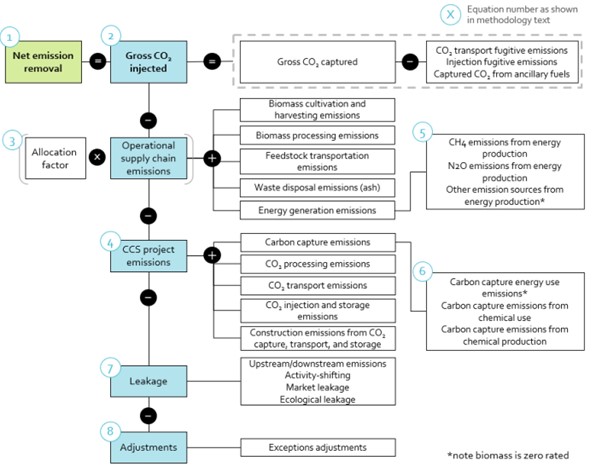The fight against climate change is not on track.
In May this year, BBC reported that “Researchers say there’s now a 66% chance we will pass the 1.5 °C global warming threshold between now and 2027.” And this is only half of the problem. The IPCC AR6 predicts that there is need of more than 5 Gigatonnes of removals by 2050, where permanent BECCS removals is expected to deliver the largest contribution (AR6, Figure 12.3).
While keeping the eyes on emission reductions is the over-arching priority, establishing and scaling a permanent removals industry is now overdue and has to accelerate significantly in the coming years if there should be a chance to deliver on the volumes deemed necessary by the IPCC.
Good news is that a few governments have launched or are preparing to launch support schemes for permanent removals and a few first-mover corporations have concluded they want and need to be part of getting this industry off the ground, by entering long-term carbon removal purchase agreements already now, allowing them to reach their net-zero targets by or around 2030.
Until now, however, there has been a missing piece – how is a permanent BECCS removal defined? Such a definition is, of course, essential for the voluntary market to start to make volume purchases of permanent carbon removal units. Without it, you would not know what you are buying.
Against this background, Stockholm Exergi, in cooperation with Drax, Eco Engineers and McKinsey, has developed a so-called Methodology for sustainable BECCS. The methodology covers all important aspects of defining sustainable and permanent removals with BECCS:
- Project boundaries
- Additionality
- Baseline
- Leakage
- Quantification
- Storage and permanence
- Reporting, validation and verification
- Criteria for Sustainable biomass

In addition to the purpose of accelerating the development of sustainable BECCS and give buyers a clear view on what is the product, we also want to reach out to the market and institutions like the EU with an invitation to join or be inspired by the initiative. The more companies and other actors that rally around the initiative or its principles, the more successful will we be in avoiding market fragmentation. And if we can avoid market fragmentation, market demand for permanent, robust and sustainable BECCS removals will be unleashed.
And that would allow the permanent removals industry to rapidly scale and deliver its expected share of limiting global warming to 1.5 °C.


